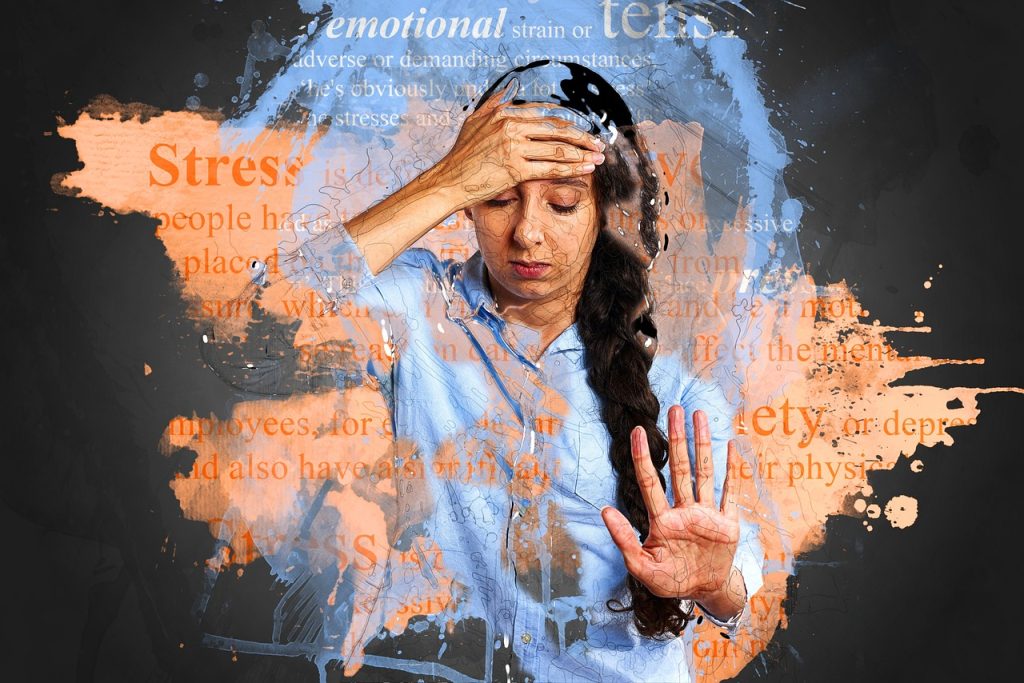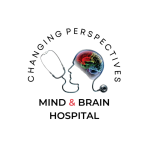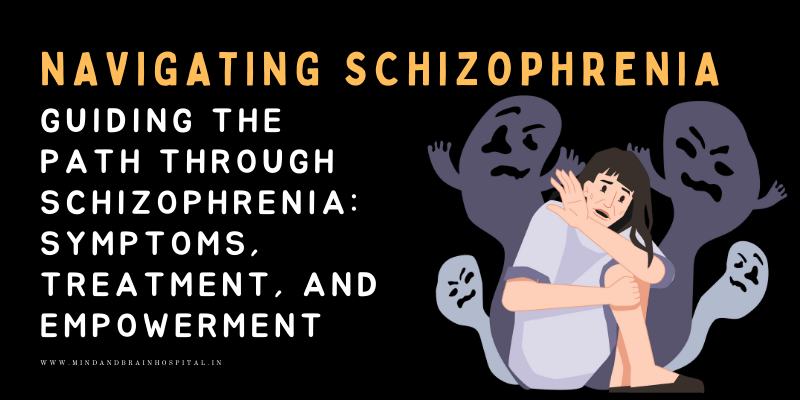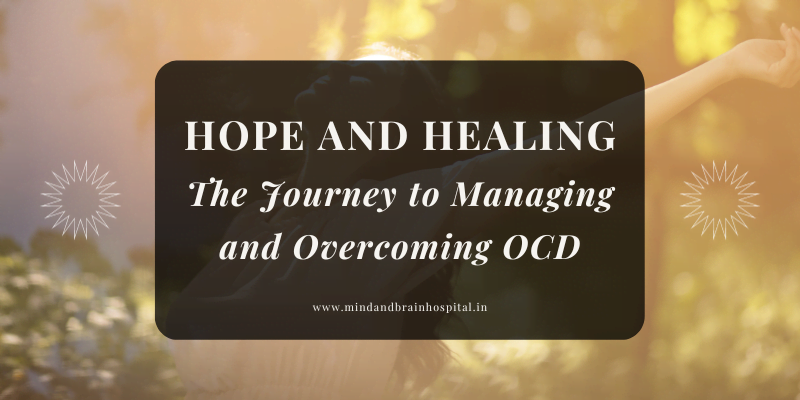
Anxiety is a natural part of life, something we’ve all experienced in one form or another. It might appear as a knot in your stomach before a big presentation, sweaty palms before a job interview, or a racing heart when you hear an unexpected noise in the middle of the night. But what is anxiety really, and how do we know when it becomes more than just a passing feeling? Let’s dive into this common yet often misunderstood emotion.
What is Anxiety? Understanding the Basics
Anxiety is your body’s natural response to stress. It’s a feeling of fear or apprehension about what’s to come. Imagine standing at the edge of a cliff. Your heart pounds, your breath quickens, and your muscles tense up. This is your body preparing for action—a survival mechanism known as the “fight or flight or freeze” response.
The fight response triggers preparation for you to confront danger when anxiety arises from stressors or challenges and at very high levels or persistence may lead to a state of hypervigilance; which is a state of heightened alertness accompanied by behavior that aims to prevent danger where symptoms can include rapid breathing, dilated pupils, and a constant need to check surroundings.
The flight response prompts a desire to escape or avoid situations that provoke anxiety, leading to avoidance behaviours or physical restlessness.
Lastly, the freeze response can cause you to feel paralysed or stuck, often leading to a sense of helplessness when anxiety becomes overwhelming or unmanageable.
These reactions are part of the body’s survival mechanism, but when anxiety persists, they can hinder daily functioning
While this response is designed to protect us in dangerous situations, anxiety isn’t always tied to real or immediate threats. Sometimes, it’s triggered by everyday stressors, like deadlines, social interactions, or health concerns. Anxiety becomes problematic when it’s persistent, overwhelming, and interferes with daily life.
How Stress Influences Anxiety: Eustress vs. Distress
Not all stress leads to anxiety. In fact, some stress, known as eustress, can be beneficial and even protective. Eustress motivates you to take action and helps you perform under pressure. For example, the nervous excitement before a big presentation might push you to prepare thoroughly and deliver your best. Similarly, the stress of meeting a deadline can keep you focused and productive.
However, stress becomes harmful when it crosses into distress—the type of stress that overwhelms your ability to cope. Distress often fuels anxiety, making you feel paralyzed or unable to focus. For instance, constant worry about upcoming exams, even after extensive preparation, can trigger sleepless nights or physical symptoms like headaches and stomach aches. Over time, distress can escalate into chronic anxiety if not managed effectively.
Recognizing the difference between eustress and distress is crucial in understanding how anxiety manifests and learning to harness the positive aspects of stress while addressing its negative impacts
Anxiety vs. Fear: What’s the Difference?
Fear and anxiety often go hand in hand, but they’re not the same. Fear is a response to a clear and immediate threat, like seeing a snake on your path. It’s usually short-lived and dissipates once the danger is gone.
Anxiety, on the other hand, is more about anticipation. It’s the uneasy feeling of dread about something that might happen in the future. For example, worrying about whether you’ll trip on stage during a speech is anxiety. In short:
Fear = Present and Specific Anxiety = Future-oriented and often vague.
When Does Anxiety Become Dysfunctional?
Everyone experiences anxiety, but it’s not always a cause for concern. It becomes problematic when it:
Is Excessive: Experiencing anxiety over small or trivial matters that do not warrant such intense worry. For example, excessive worrying about being five minutes late to a meeting or overthinking an interaction long after it has ended.
Is Persistent: Unlike typical anxiety that fades once the stressor is removed, dysfunctional anxiety lingers. You might find yourself feeling anxious for days or weeks about situations that have already been resolved but may continue to anticipate the same recurring or are far in the future.
Interferes with Daily Life: When anxiety causes reductions in your functioning, it’s a sign of concern. For instance, avoiding social events due to fear of embarrassment or being unable to concentrate at work due to relentless worries can significantly impact your quality of life.
How to Manage Anxiety Symptoms:
If anxiety is starting to interfere with your daily life, there are several strategies you can try:
1. Practicing Deep Breathing
When anxiety strikes, your body goes into overdrive. Deep, slow breaths can help activate your body’s relaxation response. One effective technique is the 4-4-4 method: inhale for a count of four, hold your breath for four seconds, and exhale for four seconds. This helps slow down your heart rate and brings a sense of calm.
2. Challenging Negative Thoughts
Anxiety often comes with a barrage of negative thoughts. Write these down and ask yourself: “Is this thought realistic? What evidence supports it?” For example, if you think, “I’m going to fail this exam,” challenge it by reminding yourself of your preparation and past successes.
3. Staying Active
Regular exercise isn’t just good for your body; it’s great for your mind. Physical activity releases endorphins, which are natural mood boosters. Even a 20-minute walk can help clear your mind and reduce anxiety symptoms.
4. Practicing Mindfulness or Meditation
Mindfulness involves focusing on the present moment rather than worrying about the past or future. Techniques like mindful breathing or using apps with guided meditations can help anchor you in the here and now, making anxious thoughts less overwhelming.
5. Establishing a Routine
A predictable schedule can create a sense of stability and reduce feelings of overwhelm. Try setting regular times for meals, sleep, and exercise to give your day a reliable structure.
6. Limiting Stimulants
Caffeine and nicotine can exacerbate anxiety symptoms. If you’re prone to anxiety, consider reducing or eliminating these substances to see if it makes a difference.
7. Building a Support System
Talking to trusted friends or family members about your feelings can provide relief and perspective. Knowing you’re not alone in your struggles can make a big difference.
When to Seek Professional Help?
While self-help strategies can be effective, there are times when professional intervention is necessary. Seek help if:
- Your anxiety is constant and unmanageable.
- You’re experiencing physical symptoms like chest pain or shortness of breath.
- You’re avoiding situations or places because of anxiety.
- You’ve tried self-help methods but see no improvement.
The Importance of Mental Health Awareness
Anxiety is one of the most common mental health challenges worldwide. Yet, it’s often misunderstood or dismissed. By talking openly about anxiety, we can break the stigma surrounding mental health and encourage people to seek support.
If you or someone you know is struggling with anxiety, reach out to a trusted professional. Together, we can create a world where mental health is prioritized and supported.
Remember, seeking help is a sign of strength, not weakness. Early intervention can make a significant difference in managing anxiety.
By:- Ankita Ghosh,
Intern
Mind and Brain Hospital.
Edited by:- Pranav Amarnath,
Counselling Psychologist,
Internship Manager.
Mind and Brain Hospital


